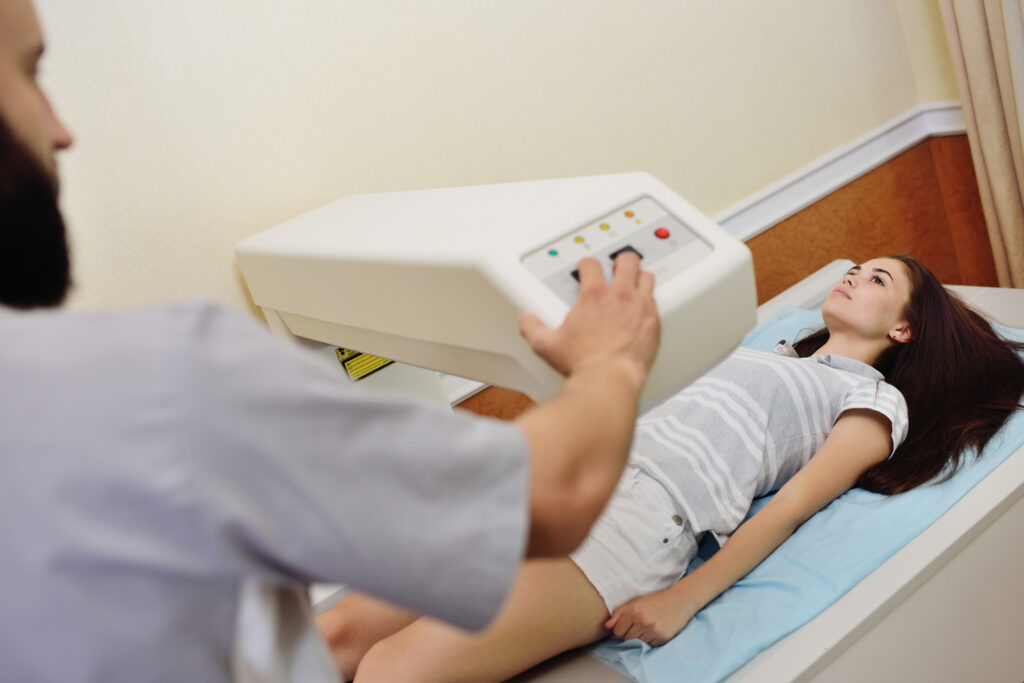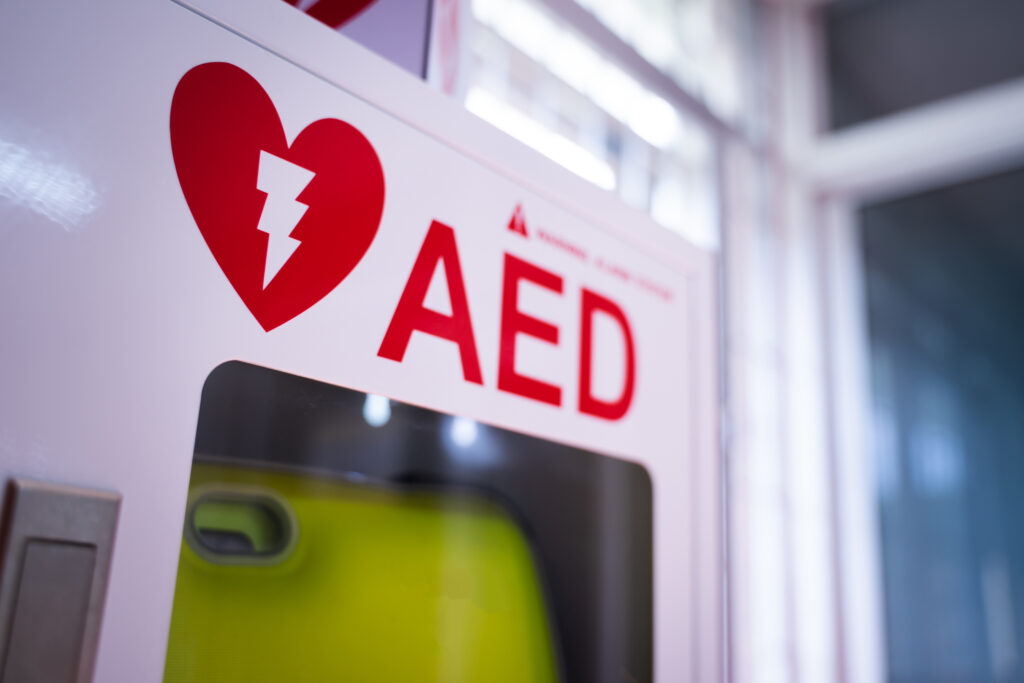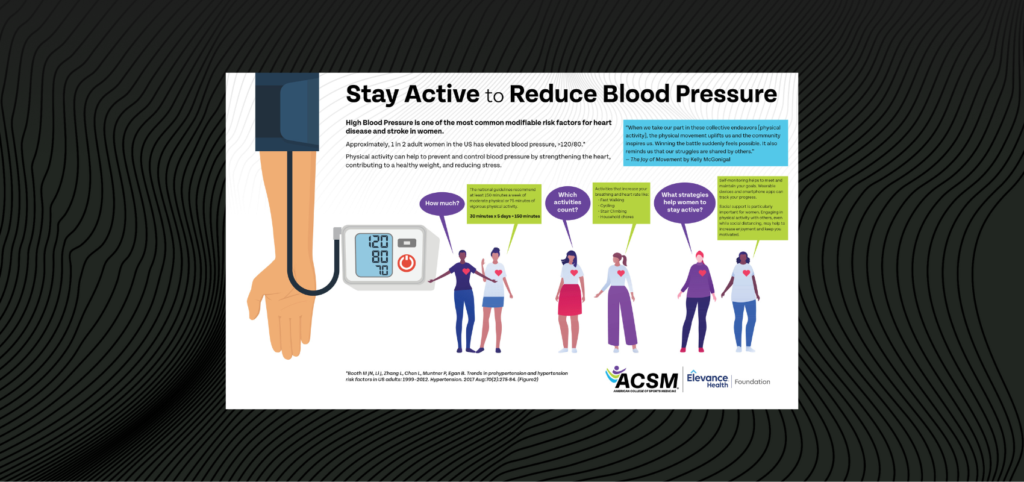Reconsidering the Importance of Cardiorespiratory Fitness in Early Adulthood

Cardiorespiratory fitness reflects integration of several body systems, including the cardiovascular, respiratory and musculoskeletal systems. It helps optimize heart health and is an important predictor of adverse health outcomes, including premature death, heart attack and heart disease. Indeed, the American Heart Association suggests that cardiorespiratory fitness should be measured as a vital sign during a doctor’s visit. […]
Sedentary Behavior and Physical Activity Are Associated with Cardiac Fat

Obesity is a primary etiology of many adverse health outcomes. The body has two primary types of fat tissue: subcutaneous fat and visceral fat. Subcutaneous fat is the adipose tissue that lies below the surface of the skin, whereas visceral fat is the adipose tissue that lines the internal organs. Visceral fat, compared to subcutaneous […]
ACSM-AMSSM Call to Action: Adapting Preparticipation Cardiovascular Screening to the COVID-19 Pandemic

(INDIANAPOLIS) — A joint paper of the American College of Sports Medicine (ACSM) and the American Medical Society for Sports Medicine (AMSSM) has published in the May issue of ASCM’s clinician focused journal, Current Sports Medicine Reports. This call-to-action document indicates that preparticipation cardiovascular screening (PPCS) is recommended by all major professional organizations overseeing the clinical care […]
Mental Health and Heart Rate Variability

Two hot topics for athletes (and anyone interested in feeling/performing their best) right now are mental health and heart rate variability. For mental health awareness month, let’s talk about both! Mental performance and mental health exist on a continuum, and there’s frequent discussion in the world of sport psychology about distinctions, but one’s performance can impact […]
High Intensity Physical Activity in Individuals with Elevated Levels of Coronary Artery Calcium Appears to Be Safe

The 2018 Physical Activity Guidelines for Americans notes that there is no obvious “best amount” of physical activity and no evidence of increased risk, even among those that engage in high intensity activities. However, vigorous physical activity may acutely increase the risk of heart attack and sudden cardiac death in some individuals. Recent studies have shown that large […]
Tips to Help Start a Heart-Healthy Lifestyle

Heart Health Starts Early! Lifestyle Matters With COVID-19 on our minds so much these days, it is easy to forget that people are still dying of cardiovascular disease (CVD). The new heart disease and stroke statistics are out for 2022, and there is some good news and bad news (Tsao et al., Circulation, 2022). Let’s […]
Stay Active to Reduce Blood Pressure

Physical activity can help to prevent hypertension and control blood pressure by strengthening the heart, contributing to a healthy weight, and reducing stress.
Exercising Your Way to Lowering Your Blood Pressure
February is American Heart Month, and it’s a great time to learn about how you can effectively lower high blood pressure through regular exercise and other healthy lifestyle choices. Donna Cataldo, PhD, and colleagues have developed this up-to-date handout with information on the F.I.T.T. (frequency, intensity, type and time) recommendations for exercising for heart health.
What’s New in the ACSM Pronouncement on Exercise and Hypertension?

Hypertension is a Pervasive Public Health Problem The American College of Cardiology (ACC)/ American Heart Association (AHA) Task Force on Clinical Practice Guidelines recently redefined hypertension to a lower blood pressure (BP) threshold of 130 mmHg for systolic BP (SBP) or 80 mmHg for diastolic BP (DBP) (1) versus the Joint National Commission 7 (JNC […]
Exercise for the Prevention and Treatment of Hypertension – Implications and Application

3 Key Points: Cardiovascular disease (CVD) is the leading cause of death in the United States (U.S.) and accounts for 1 out of every 3 deaths in U.S. adults. High blood pressure (BP) or hypertension is the most common, costly, but modifiable major risk factor for the development of CVD and premature mortality, affecting nearly […]
